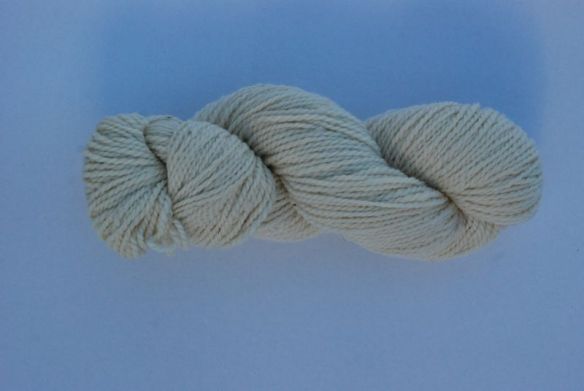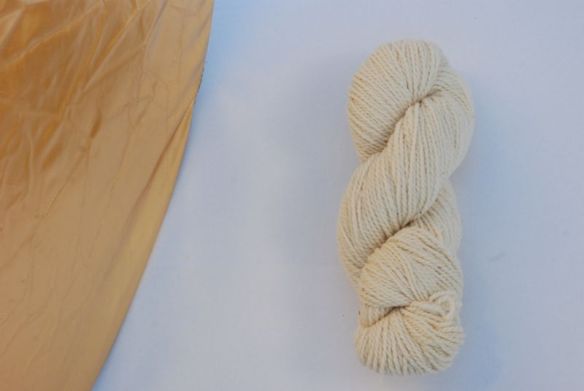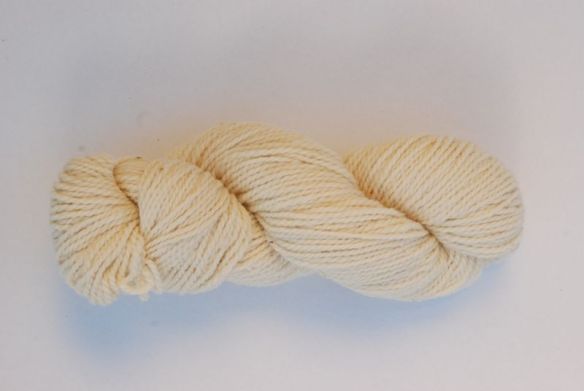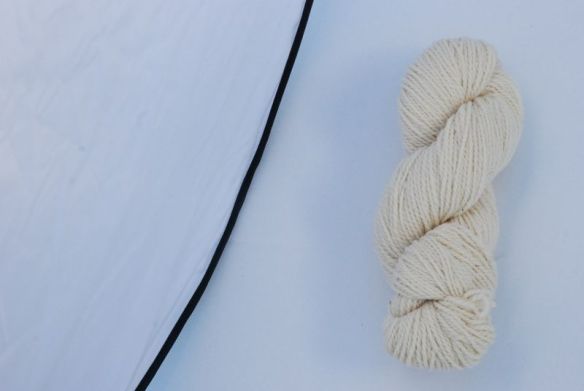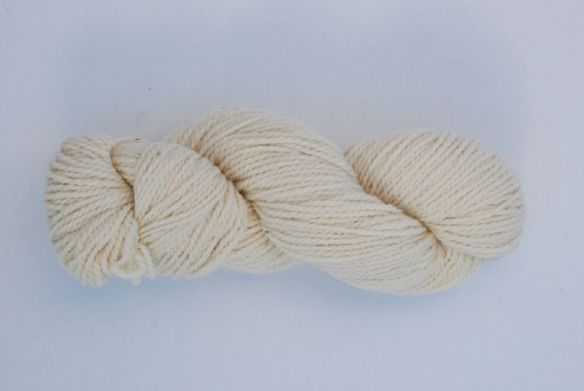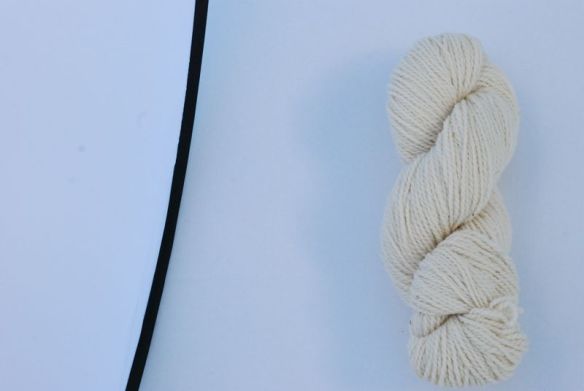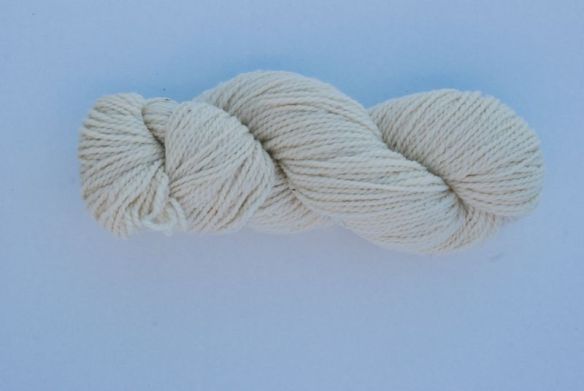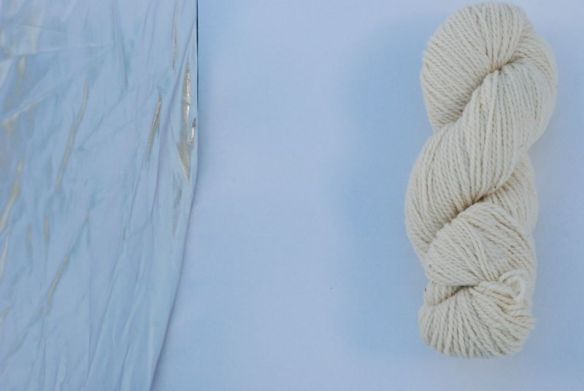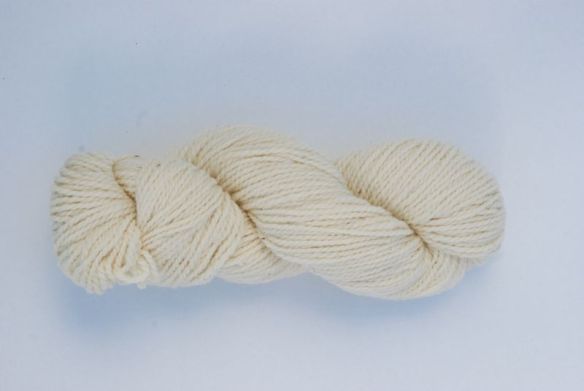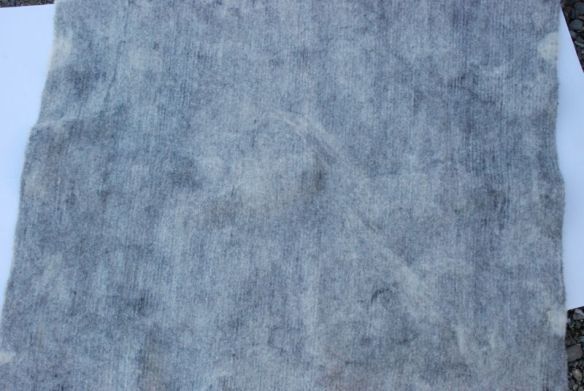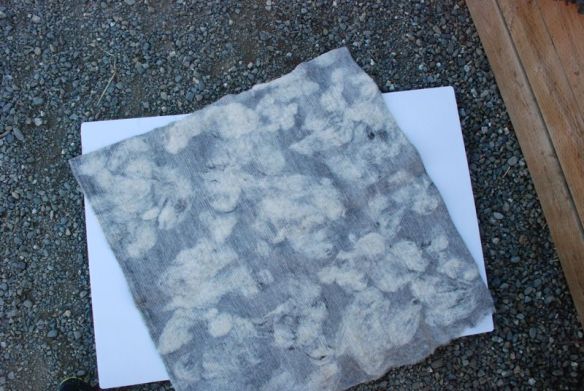A few weeks ago I was contacted by Jenne Giles of Harlequin Feltworks in San Francisco who asked if she could do a photo-shoot at the farm. It sounded like fun so we set it up and yesterday was the day. The photographer of the day was Allison Harrell She and her crew arrived mid-morning along with suitcases of props and lots of lighting equipment. Here are some highlights.

I showed everyone the farm and Allison took some time to figure out locations for the various scenes.

First location was a stack of alfalfa. The model here is Kara, wearing one of Jenne’s striking felt creations.

Kara is joined by Emily and one of my lambs.

Next location with new outfits. Emily and Kara were joined by a ewe and a goat in some of the photos.

Make-up artist & hair stylist, Elizabeth, found a new role as she negotiated with Amaryllis to be part of the day’s activities.

A little grain works wonders.

Amaryllis cooperated quite well for most of this portion of the shooting.

Location 4 was the pasture.


Paulette invited her self to be part of this scene.

Doris and her triplets posed quite well also, although I didn’t tell them that this wasn’t all about them.

The last location at our place was the chicken house.

Rusty worked all day to make sure that everything was in control.
It was very interesting to see what goes on “behind the scene” of something like this. My shop was tuned into the dressing room. Jenne’s dresses and scarves were stunning. She uses Merino wool for her felt and the pieces are lightweight and soft. Accessories included everything from dozens of pairs of colored tights to frilly rubber swimcaps. Allison had her laptop with her so that she could show Elizabeth the look that she wanted with the make-up and hair. (Anyone who knows me will understand when I was surprised to hear that it would take about an hour or more to accomplish the make-up and hair part. I’m lucky if I remember to comb my hair when I get to my car–which is where I keep my comb.) While the models were getting ready and changing in between locations Allison was busy getting the lighting just right and setting the scene.
I thoroughly enjoyed this day and meeting all of these delightful women. To see more of my photos you can find Meridian Jacobs on Facebook (become a fan while you’re at it) and also be sure to look at Jenne’s blog. The “real” photos (Allison’s) will be coming later.
Thanks for a fun day, ladies!
 …a holiday craft project (above) and…
…a holiday craft project (above) and… …a photo op with our friendliest sheep dressed in her Christmas garb.
…a photo op with our friendliest sheep dressed in her Christmas garb. Here are some more ornaments that I made from locally grown and dyed wool.
Here are some more ornaments that I made from locally grown and dyed wool.





 Why felt this fabric and not use it as is or with only fulling? Felting creates a very dense stable fabric, good for a variety of projects where you don’t need (or want) the fabric to drape. Also, the fibers are so entangled that you can cut this fabric without worrying about it coming apart or fraying.
Why felt this fabric and not use it as is or with only fulling? Felting creates a very dense stable fabric, good for a variety of projects where you don’t need (or want) the fabric to drape. Also, the fibers are so entangled that you can cut this fabric without worrying about it coming apart or fraying. 
 Fabric left over from blankets that I wove years ago.
Fabric left over from blankets that I wove years ago.











 The final piece went through the needle loom about a dozen times. For several of my pieces I “wove” strips of roving and applied those to the felt part way through the process. I ended up with lots of placemats, trivets (the thick ones could double as stadium seats), and coasters.
The final piece went through the needle loom about a dozen times. For several of my pieces I “wove” strips of roving and applied those to the felt part way through the process. I ended up with lots of placemats, trivets (the thick ones could double as stadium seats), and coasters.





 I did use the soap and hot water method in addition to needle felting to create these balls. They are sold as dryer balls (3 in the dryer help reduce drying time and soften clothes), or juggling balls, or cat toys, or therapeutic aids (at least that’s why one friend bought some).
I did use the soap and hot water method in addition to needle felting to create these balls. They are sold as dryer balls (3 in the dryer help reduce drying time and soften clothes), or juggling balls, or cat toys, or therapeutic aids (at least that’s why one friend bought some).



























